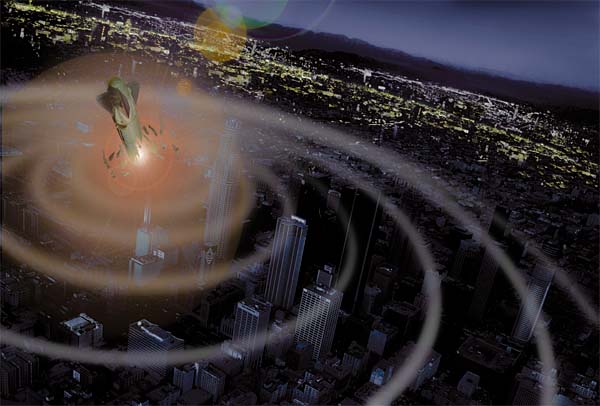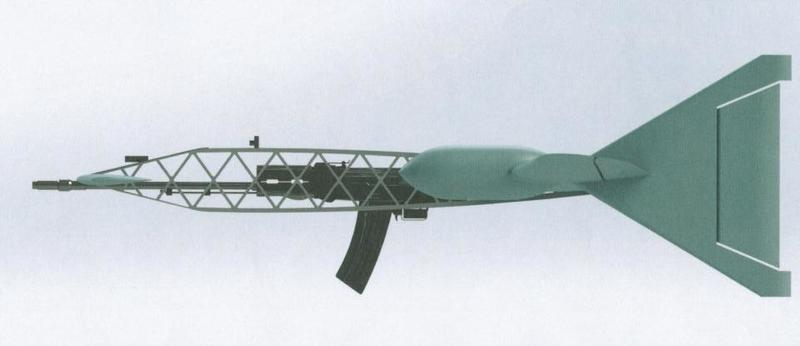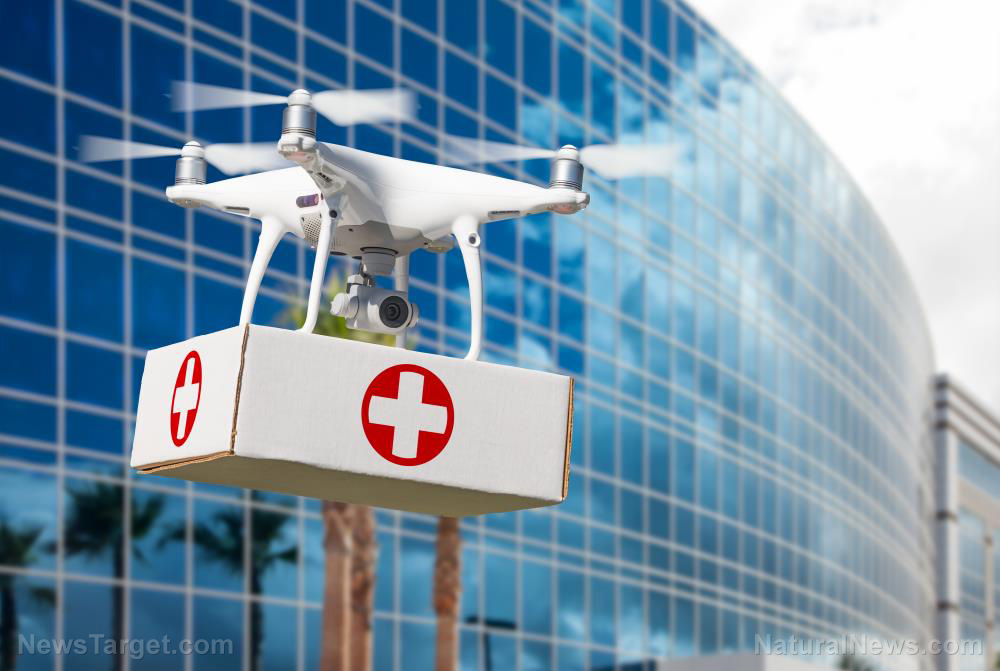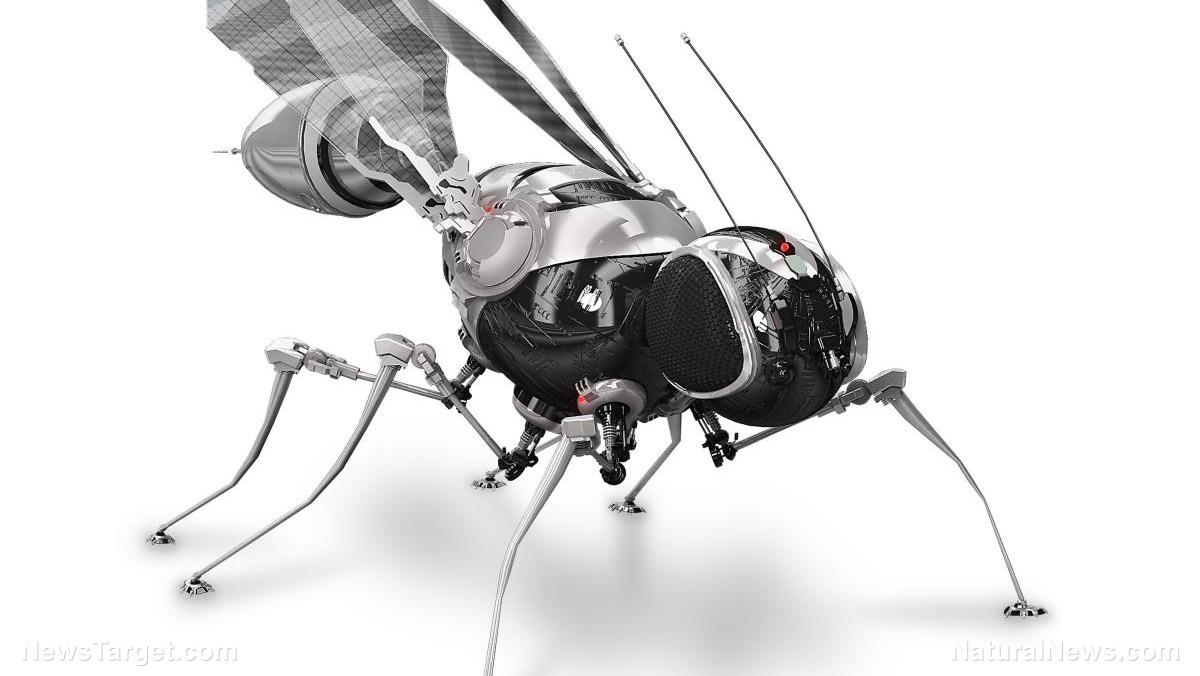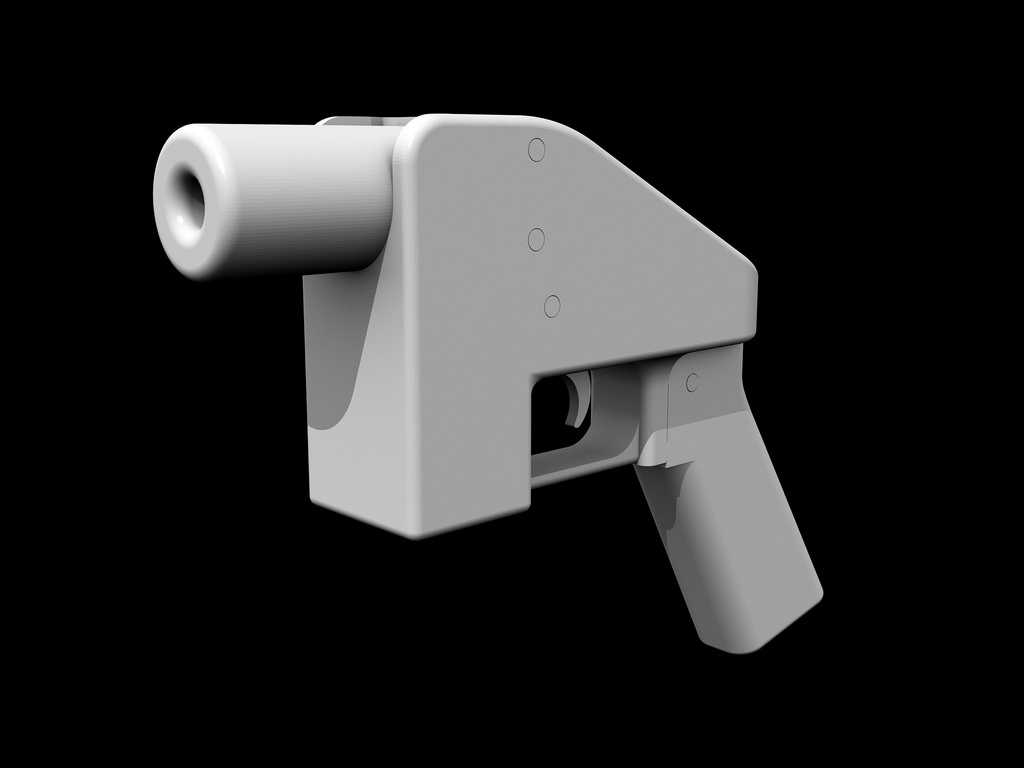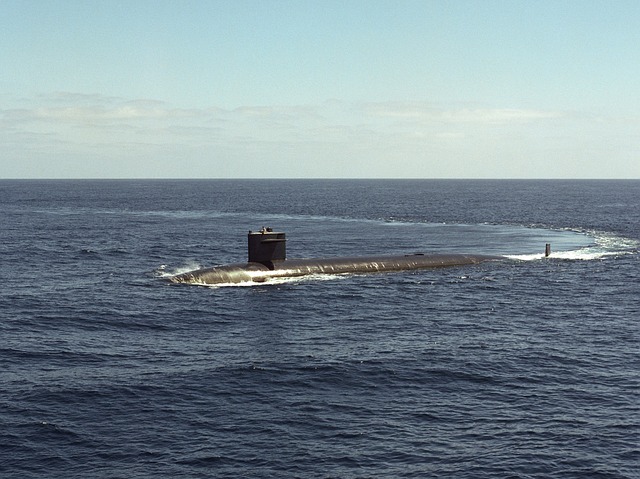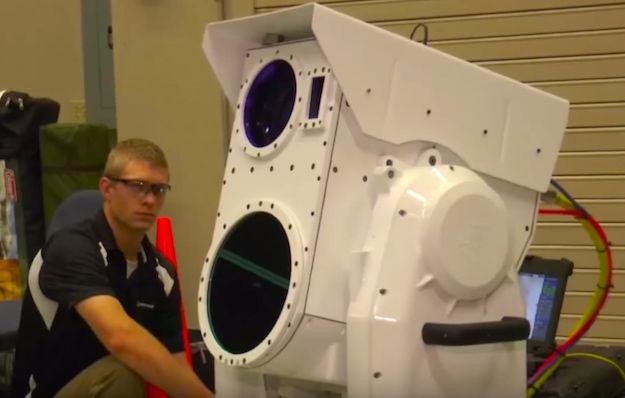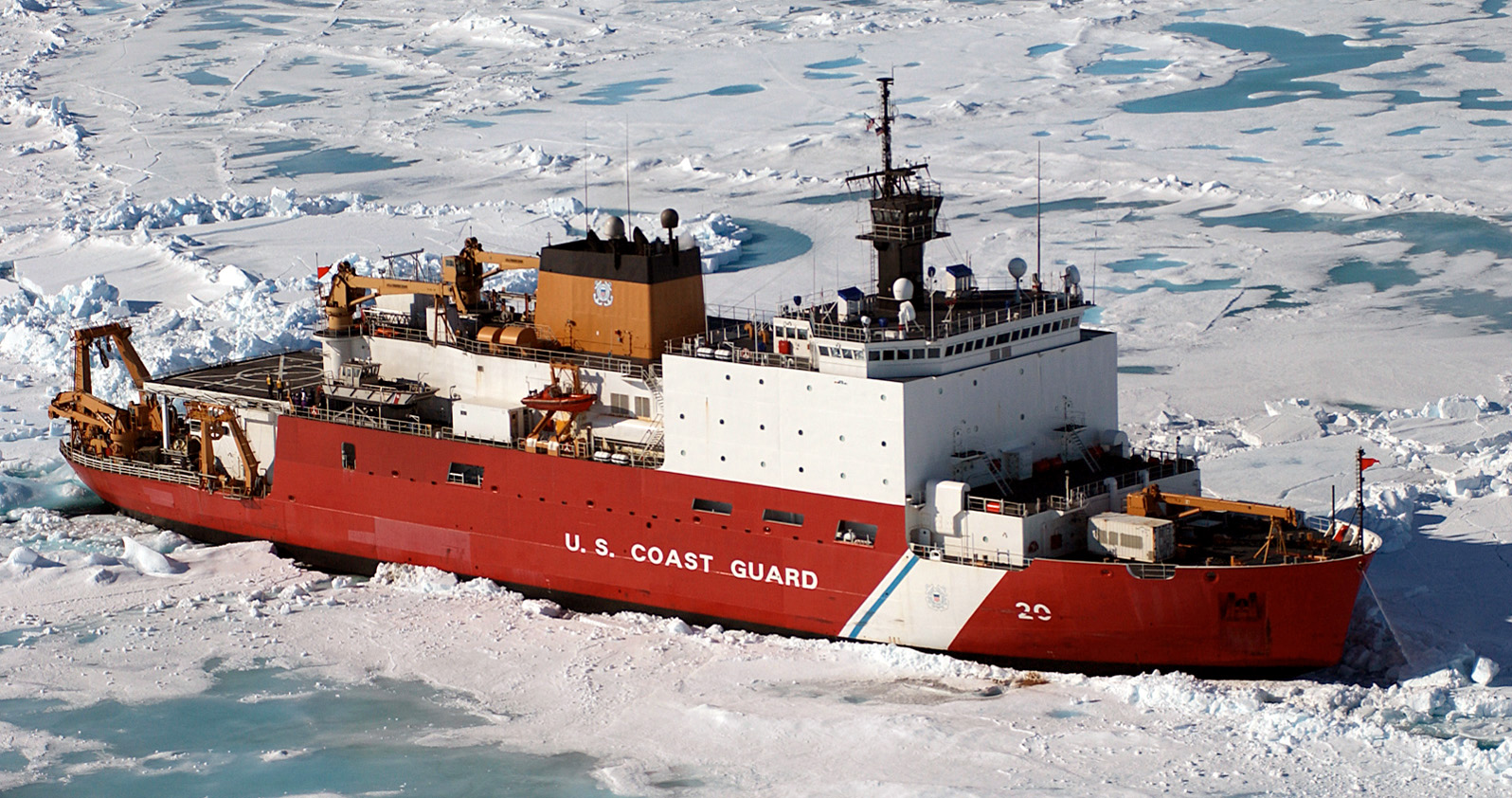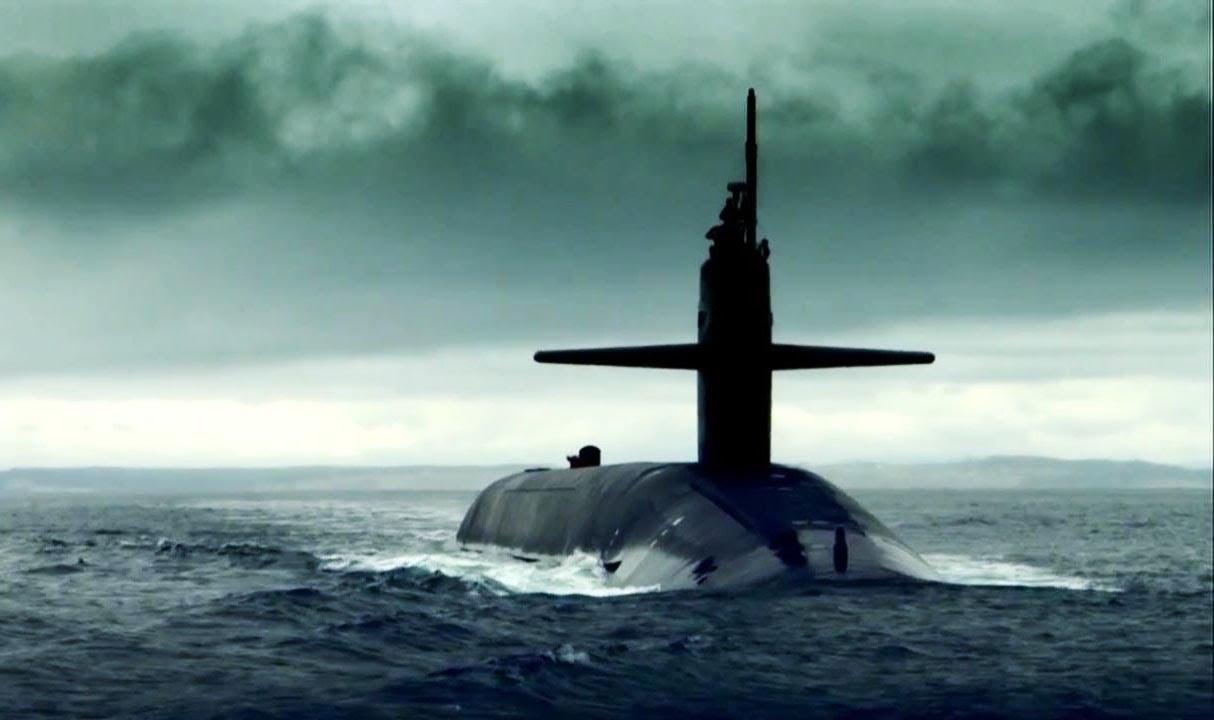Boeing’s next-gen autonomous aircraft makes its first flight – and amazingly, it doesn’t nosedive into the ground and crash
04/09/2019 / By Edsel Cook
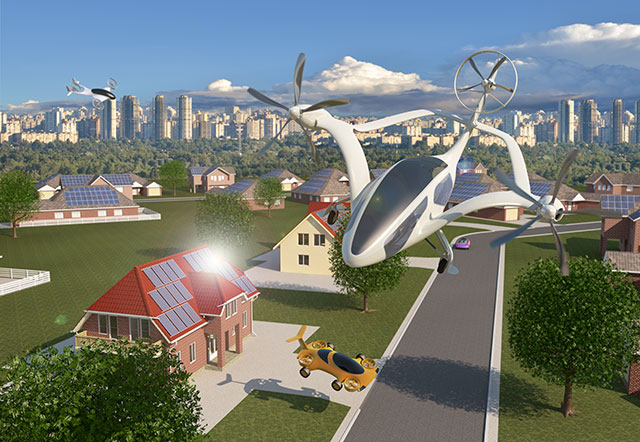
So is this robot plane just biding its time? The prototype of Boeing’s self-driving, electric-powered “flying car” recently completed its first flight, having succeeded in taking off, hovering, and landing normally without any human being inside its cabin.
The drably named Passenger Air Vehicle (PAV) is the aerospace company’s entry in the rat race for electric vertical takeoff and landing (eVTOL) aircraft. It is considered a cornerstone of the Boeing NeXt project, which trumpeted the idea of convenient air travel in cities whose streets and roads are jammed with vehicles.
The PAV is supposed to operate on its own without a pilot. During takeoffs and landings, it will act like a helicopter and move vertically. Once it is in the air, the flying car will start flying like a normal fixed-wing airplane for faster speeds and more efficient use of its battery.
Although dubbed a “flying car,” the PAV is around the same size as a Cessna propeller plane. Powered by electric motors and batteries, it can supposedly fly up to 50 miles on a full charge. (Related: TESLA TERMINATOR: Tesla car autopilot veers off highway, crashes into road signs as driver locked out of all controls.)
Boeing PAV recently completed its first autonomous test flight without mishap
The recent test flight of the PAV prototype served to evaluate its autonomous functions and ground control systems. Boeing wanted to see if its robot plane can fly on its own and respond to orders from human operators on the ground.
There were no humans aboard the PAV when it undertook its first vertical takeoff from an airfield in Manassas, Virginia. Per the orders of the Boeing ground controllers, the passenger-less autonomous plane hovered for a while before performing a vertical touchdown.
Future tests will focus on the fixed-wing flight mode of the PAV. The aircraft is intended to switch between vertical and forward flight with the same ease as a helicopter. Other goals included increasing the vehicle’s safety and reliability.
Boeing is not satisfied with the PAV-shaped slice of the flying taxi pie. Its NeXt roster also features the Cargo Air Vehicle (CAV). Also propelled by electric engines, the transport version of the PAV is intended to haul up to 500 lbs of cargo over a similar distance.
The CAV completed its first test flight in an indoor environment that could keep it from getting away if it went out of control. However, it will eventually be tested outdoors like the PAV.
The eVTOL business industry is potentially worth trillions of dollars
Electric cars, flying cars, and self-driving cars are terms that do not sound like they should be in the same street, much less in the same vehicle. All three types of vehicles face their own technological hurdles.
Electric vehicles suffer from short range and troublesome batteries that can catch fire. Flying cars are aircraft in all but name, and they should require proper training and a license for safe operation. And self-driving vehicles have a bad track record of road accidents, including fatalities.
Boeing crammed all of those features and functions into an aircraft that is 9.1 m long and 8.5 m wide. It is not the only big company to create such a mechanical chimera; Chinese company EHang has its megadrone while European rival Airbus touted its Vahana eVTOL, which completed its maiden test flight in 2018.
Economic analysts predict that eVTOL technology could create an industry with a minimum worth of $615 billion dollars by 2040. If the business really took off, the market could be worth nearly $3 trillion dollars. The first company to roll out a commercially available flying car could secure a profitable lead over its rivals.
Sources include:
Tagged Under: air travel, aircraft, automation, autonomous aircraft, autonomous airplane, autonomous vehicles, Boeing, breakthrough, Cargo Air Vehicle, Driverless, drones, electric cars, eVTOL, flying cars, future tech, Passenger Air Vehicle, self-driving vehicles, technology, transportation

